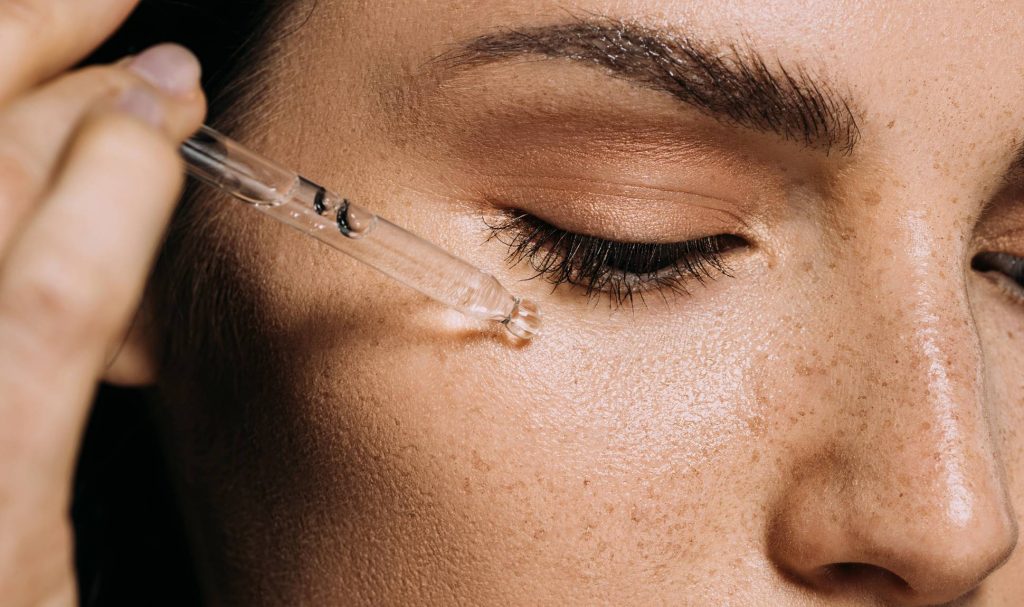Some of us are born with freckles, while others develop them later on in life — but do you know what causes them to emerge? Sure, they tend to surface after long days in the sun — especially in the summer — but why do they only find a home on some complexions and not others?
Similar to freckles, pigmented spots can appear on the surface of your skin after too much sun exposure, but they’re not the same thing. So, what makes a freckle different than a dark spot or sun spot? To answer these questions, we turned to board-certified dermatologist, Dendy Engelman, MD, for a full breakdown on freckles, sun spots and how to identify sun damage.
ARE FRECKLES A SIGN OF SUN DAMAGE?
“In youth, freckles can be genetic and not indicative of sun damage,” Dr. Engelman explains. If you only had freckles when you were younger, this may apply to you. However, if you’re an adult with freckling — or if you freckled into adulthood — Dr. Engelman sayss that this could indicate sun damage and in turn, put you at an increased risk for skin cancer.
Freckles or not, it’s important to wear a broad-spectrum SPF 25 or higher every single day and reapply at least every two hours. To take your sun protection a step further, apply sunscreen religiously and take additional preventative measures such as wearing protective clothing, seeking shade and avoiding peak sun hours when the rays are strongest.
HOW TO SPOT THE DIFFERENCE BETWEEN FRECKLES AND SUN SPOTS
The tell-tale sign of freckles: they’re dusted across the nose, cheeks, chest and arms.
When it comes to spotting the difference between a freckle and a sun spot, Dr. Engelman explains exactly what you should be looking for.
“Freckles are highly active cells that have an increased production of melanin,” she says. Melanin, if you’re unfamiliar with the term, is what gives the skin color, and the cells that contain too much of this pigment-causing compound are what produce freckles. Dr. Engelman continues, explaining that “when exposed to the sun, [these cells] can darken and fade with age.” The presence of these cells is genetic, so in many cases freckles — especially if you spend time exposed to the sun’s rays — are unavoidable.
Sun spots, like freckles, are caused from exposure to the sun but are typically larger in size. “After time in the sun, our cells’ melanin production goes into overdrive trying to combat UV/UB damage,” Dr. Engelman says. “When a cell overproduces melanin, it causes the area to look darker, thus forming a solar lentigo or sun spot.” Again, the importance of practicing safe-sun habits is clearly important as sun spots are signs of our cells attempting to fight off sun damage.
HOW YOU CAN HELP AVOID FRECKLES AND SUN SPOTS
“If you don’t like your freckles, be hyper-vigilant with sunscreen and protective gear to limit sun exposure,” Dr. Engelman advises. Even if you inherited hyperactive cells that have an increased production of melanin, avoiding the sun can help keep your freckles from surfacing. The same goes for sun spots. Reach for a broad-spectrum sunscreen every morning, reapply throughout the day and wear protective clothing when you know you’ll be in the sun.




